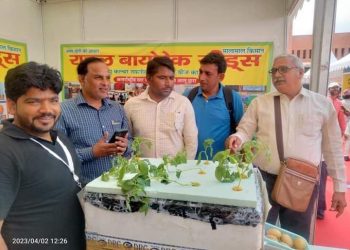Balancing Farming and Food Processing for Consistent Quality and Traceability
In today’s competitive potato industry, mastering the entire production cycle—from field cultivation to the final product on the shelf—can be a significant advantage. This is the approach taken by producers who juggle the dual responsibilities of farming and food processing. As Claire Mazingarbe notes, the ability to switch between roles—one day working in the fields, the next in the lab—offers unique control over quality and ensures traceability at every stage of production.
For businesses involved in both the cultivation and transformation of potatoes, such as turning raw crops into chips, this integrated approach guarantees that the same level of care is applied throughout the process. While managing both aspects is demanding, it provides greater oversight and reduces potential risks. Farmers-turned-processors can closely monitor the quality of their crops, select the best varieties for specific products, and oversee every step leading up to packaging.
Ensuring traceability from “field to packet” is more than just a marketing slogan—it’s a commitment to transparency and food safety. By controlling both agricultural practices and production methods, companies are able to meet consumer demand for quality and consistency while adhering to strict industry standards.
For potato growers and food industry professionals, this model highlights the growing importance of vertical integration in agriculture. By owning and managing both ends of the production chain, companies can create a more reliable and efficient system that benefits not only the business but also the consumers.
The blend of expertise in farming and food technology serves as a powerful asset in maintaining high-quality products. As the demand for premium potato-based products, such as chips, continues to rise, those who master this “field-to-product” approach will be well-positioned to lead in both innovation and market presence.








